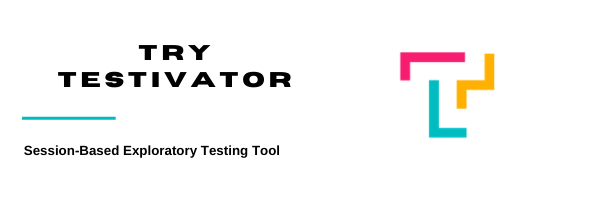
TL;DR
In the last post, we presented Session-Based Testing Limits, presented by WorkRoom Productions. Today we move forward with this excellent WrokRoom Production report by recapping the basis of the basic elements of the development process. Many thanks to Marcel, who sublimed this great resource on his blog. That’s the buffet table.
The Process
Everything that humans do could be described with a process. For example, currently, I am testing one of the most complicated applications in my life. When I ask questions about scenario testing, domain experts always say that the customer always defines it. We just provide lego bricks, and the customer will decide what he wants to assemble.
Development
It is effortless to forget what are the basic ingredients of software development.
- requirements
- analysis
- design
- coding
- testing
- infrastructure
- release
These are the basic lego bricks of software development. It does not matter which project lifecycle do you use; somebody has to do those parts. When you start a new project and do not identify the person responsible for each bullet from the above list, your project is in trouble. You will probably identify (as myself) that several bullets are covered by the same person. Which creates a higher probability of project failure. But you should always get an answer to questions:
Who is the leader of (item from bullet list)?
So you can have follow up questions:
What is in release 0.0.1?
When is the meeting about requirement analysis?
What are the requirements for sprint xx?
What is the architectural design for release 0.0.1?
I need three environments, test, development, and production; when will those be ready?
Conclusion
As a software tester (by your definition), you probably cover several bullets from the above list. What great input for your next personal evaluation with your manager!



